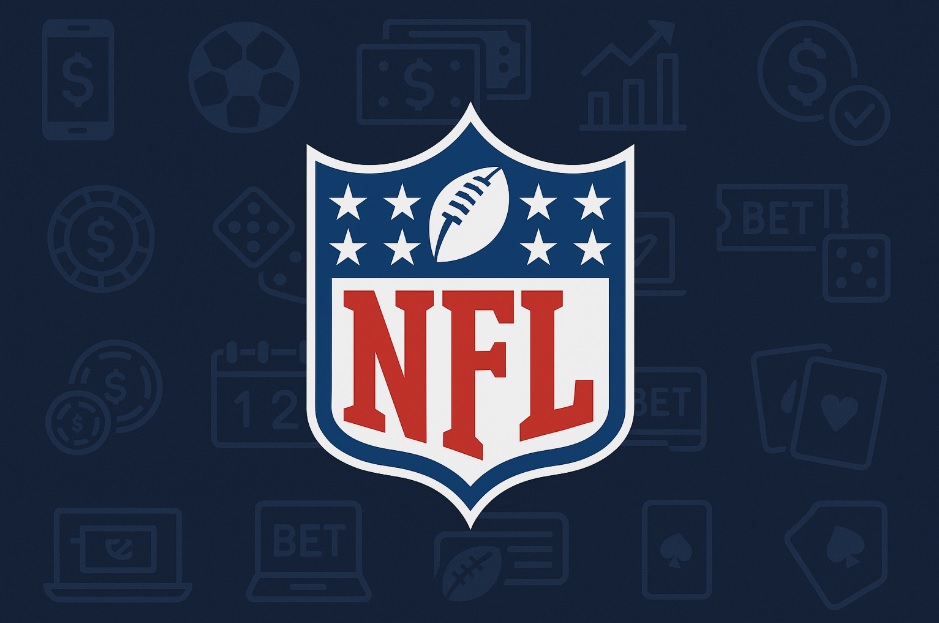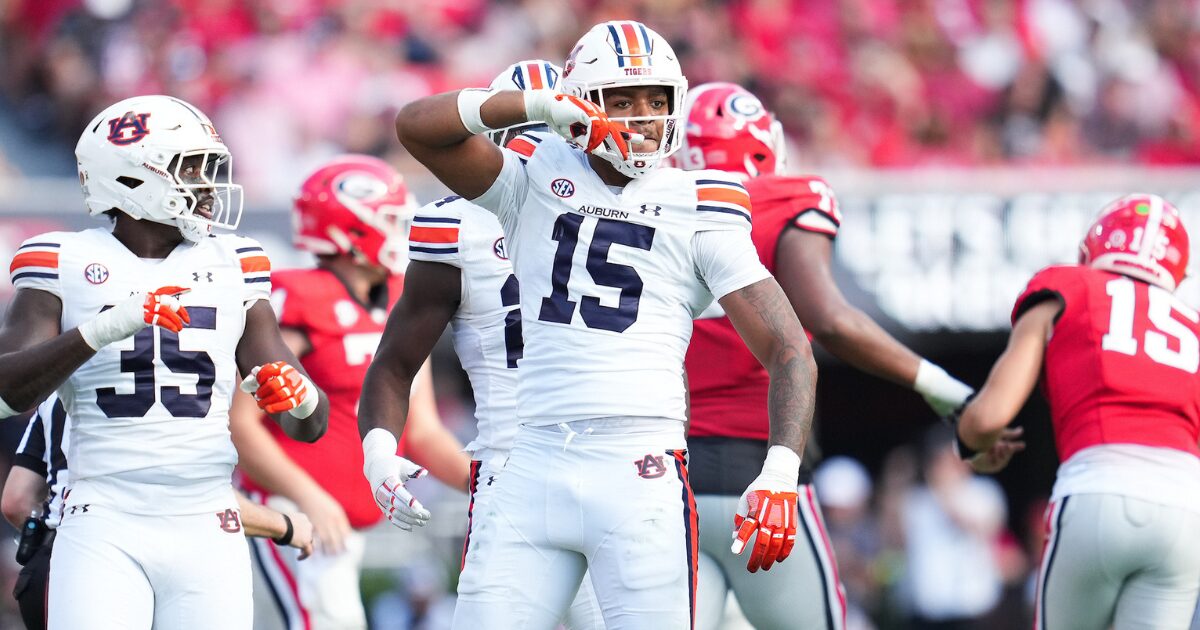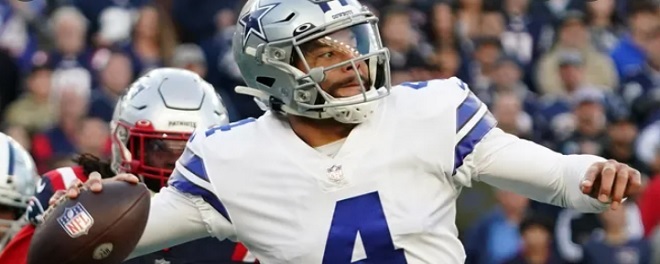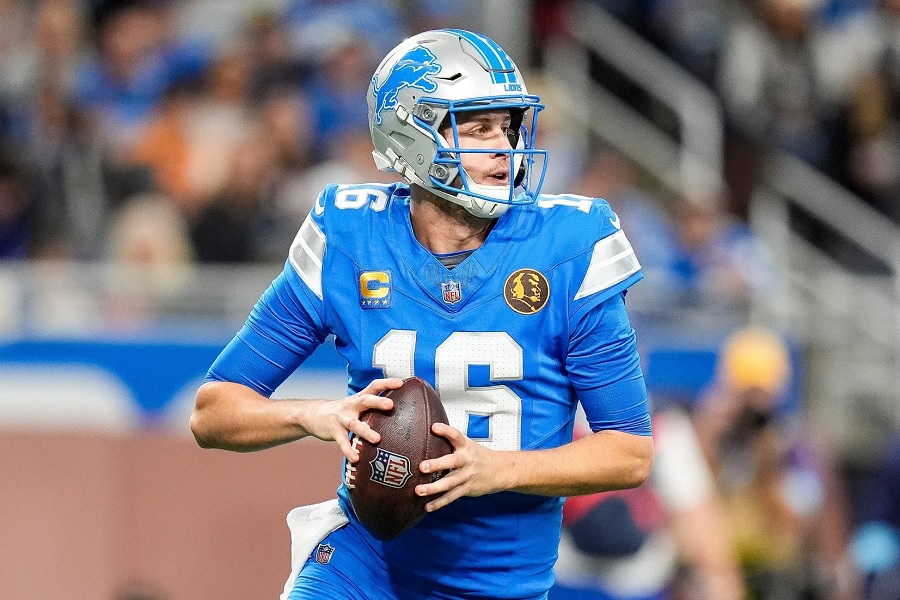When legal sports wagering became more mainstream in the United States, it seemed likely that betting would help draw more attention to games and raise TV ratings.
It’s logical—when fans have money on the line, they’re more motivated to watch the outcome unfold. Past data from the fantasy sports boom backs this up. For instance, an ESPN-based study (Nesbit et al, 2010) found fantasy participants watched an average of 1.07 more NFL games than non-participants.
However, viewership metrics are harder to pin down today, especially with so many platforms involved. NFL ratings, for example, haven’t seen major shifts. The 2023 season averaged 17.90 million viewers, just about where it was in 2010 (17.87 million). Meanwhile, the WNBA saw a surge in 2024, tripling viewership and posting a 236% jump in merchandise sales.
This shows that changes in popularity can occur for various reasons outside of gambling. That’s why it’s important to consider both correlation and broader context when analyzing how betting influences sports consumption.
Connection Between Betting and NFL Viewership
It’s challenging to isolate sports betting’s direct effect on viewership, but multiple studies suggest a strong link. A 2020 Altman Solon survey of 14,000 respondents worldwide showed that bettors were far more likely to watch sports regularly than non-bettors.
In 2022, Variety Intelligence Platform and a market research firm examined whether betting increased fan engagement. The results were telling: across the board, fans who placed bets were more likely to say they watched more games—especially those following the NFL.
One of the more striking statistics was that 27% of fans aged 18+ said they developed new rooting interests because of betting. This trend held across generations, with millennials leading at 30% and Gen X following at 22%.
These new emotional investments—whether from personal bets or fantasy-style rooting interests—could become a major retention driver for leagues like the NFL. With traditional TV consumption on the decline, any factor that keeps fans watching is significant. Altman Solon predicts TV viewing may fall 15–20% by 2040 as Gen Z and Gen Alpha lean into online content. Betting could serve as a stabilizing force for live sports viewership.
In-Play Wagering and Viewer Behavior
For fans who bet during games, in-play wagering has become a mainstay. According to the International Betting Integrity Association (2024), 47% of all bets placed this year were made during games.
This behavior helps hold viewer attention, even in one-sided matchups. Data from Variety shows that 29% of bettors said they paid full attention to blowouts if they had a stake in them, compared to just 10% of non-bettors.
|
Condition |
Bet |
No Bet |
|
Stop Watching |
25% |
10% |
|
Watch Less Attentively |
49% |
41% |
|
Watch Closely |
29% |
49% |
Because in-play bets rely on what’s happening in real time, fans are naturally more engaged. A 2020 study in the Journal of Gambling Studies (Killick et al) found that participants who placed in-play bets were more emotionally invested. One user said they’d never bet in-play unless they were watching the game live.
That connection has downsides, too. Gainsbury et al (2020) found that in-play bettors had higher Problem Gambling Severity Index scores—8.76 compared to 3.68 for those who didn’t bet during games. In-play betting was also associated with increased consumption of alcohol and junk food (Lopez-Gonzalez et al, 2018), and combining alcohol with live bets correlated with a 9.8× rise in financial harm (Kim et al, 2023).
Where to Find High-RTP Betting Options
As fans explore more options for betting during NFL games, choosing where to place those bets becomes a key decision. Some platforms offer higher return-to-player (RTP) rates, which can improve long-term results for users. If you’re looking for better value, check out this list of the best payout online casino UK, featuring platforms with competitive odds and user-friendly interfaces.
Advertising’s Role in Shaping Fan Perception
Betting is also influencing how fans experience the game through nonstop advertising. A CBC and University of Bristol study (Wheaton et al, 2024) found that gambling-related content made up 20% of air time during certain broadcasts—appearing every 2.8 minutes on average.
It’s not just an annoyance. A study of 30,000 people from Norway (Syvertsen et al, 2021) found that problem gamblers were exposed to more gambling ads than others across all mediums: TV, online, print, and in-store.
|
Medium |
Problem Gamblers |
Non-Problem Gamblers |
|
TV |
3.61 |
3.48 |
|
Internet |
3.75 |
3.05 |
|
Newspaper |
2.35 |
2.05 |
|
Retail |
3.43 |
3.15 |
|
Direct Contact |
3.08 |
1.87 |
This aligns with another study (Wardle et al, 2022), which reported that 31.2% of gamblers made spontaneous bets influenced by marketing.
An analysis of 2018 World Cup ads (Newell et al, 2019) revealed that most advertised bets had long odds (+640 on average). These are statistically less likely to win, yet they’re the ones sportsbooks often promote—likely because of their profitability.
Gambling and Young NFL Fans
Concerns multiply when you look at underage viewers. GambleAware (2020) found that 96% of UK youth aged 11–24 had seen gambling ads in the last month. Even among children:
- 85% saw ads on TV
- 70% noticed in-store promotions
- 66% encountered gambling messages on social media
Australian research (Thomas et al, 2018) mirrored those findings, with 96.1% of 11–16-year-olds recalling gambling-related promotions and 71.2% seeing them during sporting events.
Direct links between marketing and underage betting are hard to prove due to legal issues and underreporting, but attitudes collected from youth suggest skepticism. A 2022 Pitt et al study found that teens recognized the risks and questioned the motives of gambling advertisers.
One 15-year-old commented:
“They’re trying to target us ‘cause we’re learning and figuring things out. Maybe they should just show us the truth instead of pushing us to bet.”
Pushback Against Gambling Promotions
The growing unease with gambling ads has prompted both leagues and governments to act. The NFL has capped the number of sportsbook commercials at six per game and limited iGaming ads during the Super Bowl to three. The English Premier League will remove front-of-shirt gambling sponsors by 2026, although many clubs still retain those deals.
Public institutions have stepped in more directly in some regions:
- U.S.: The SAFE Bet Act proposes banning ads during live games and limiting airtime to between 8 a.m. and 10 p.m., though it hasn’t advanced.
- UK: Public support is building. A Survation poll found 51% of voters favor a total ban on gambling ads.
- Australia: Proposed laws to block online gambling ads are still under debate. The Greens introduced a bill but face opposition in Parliament.
- Canada (Ontario): Celebrity endorsements in gambling ads were banned in early 2024 unless they promote responsible gambling.




